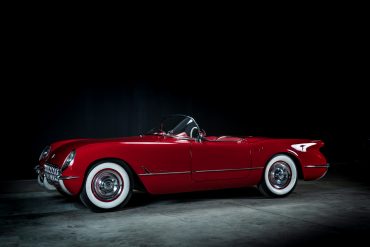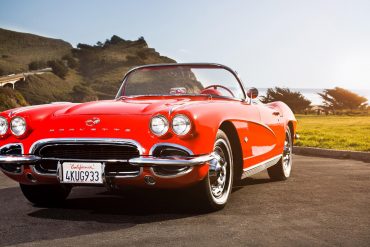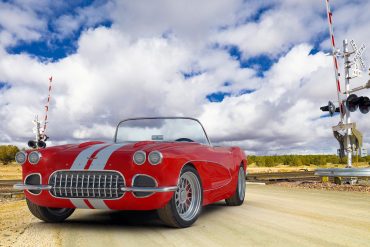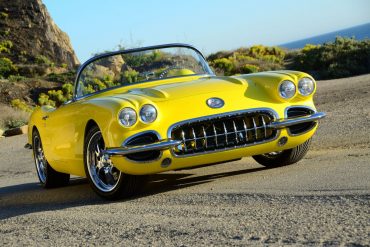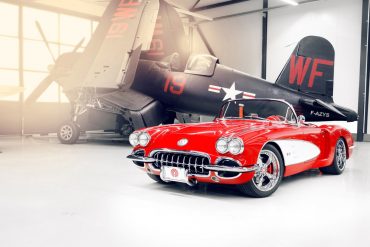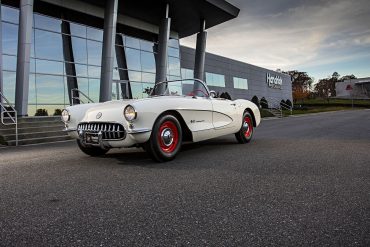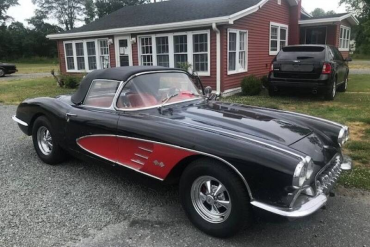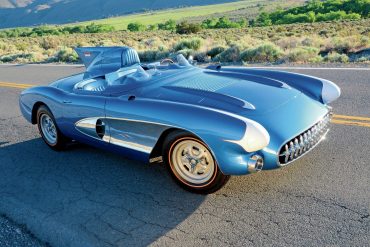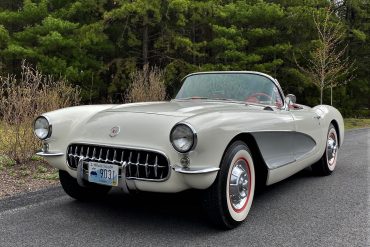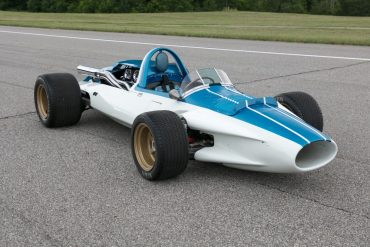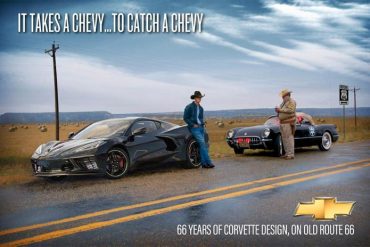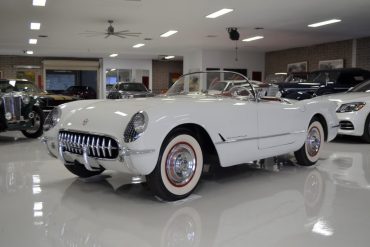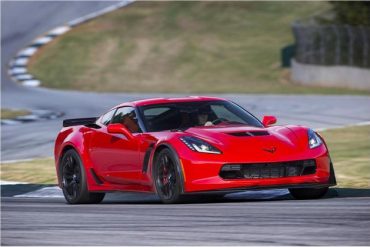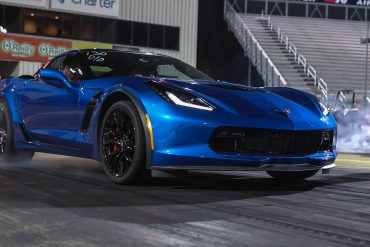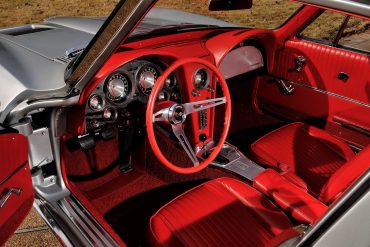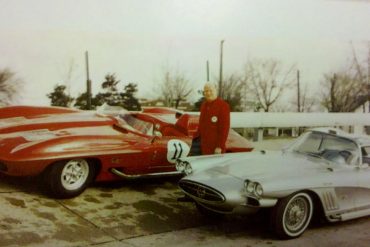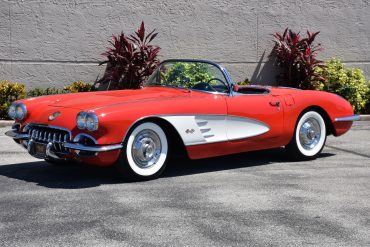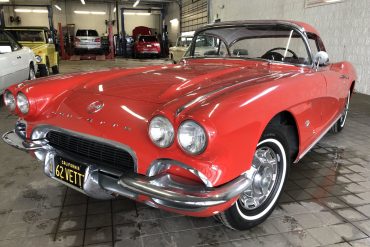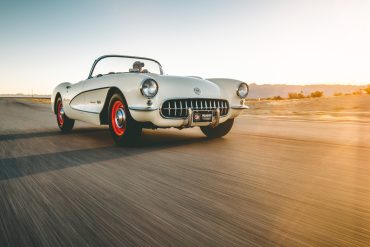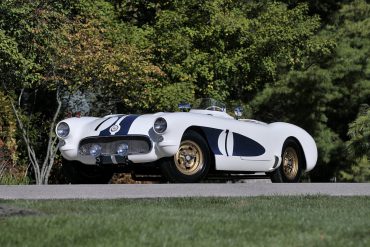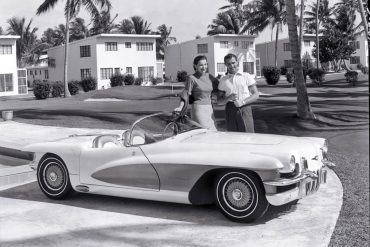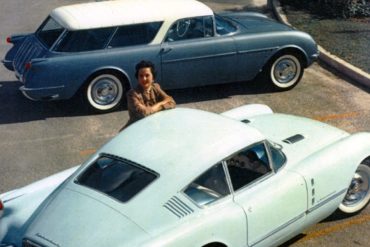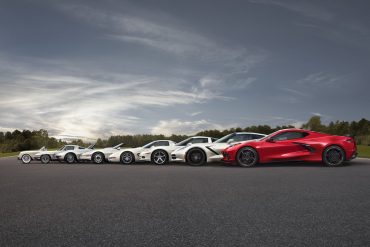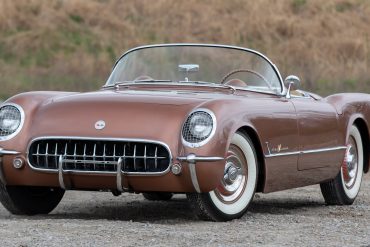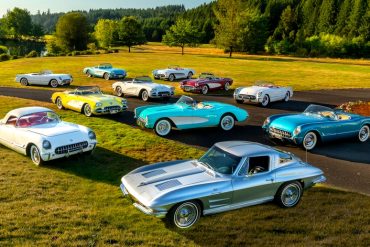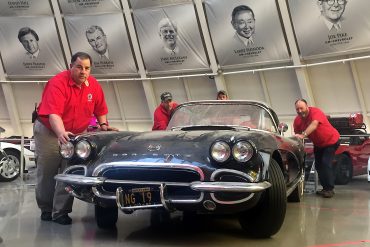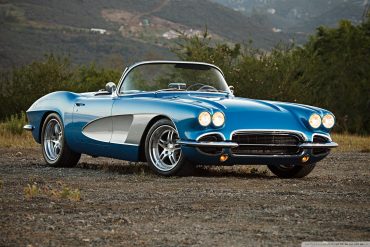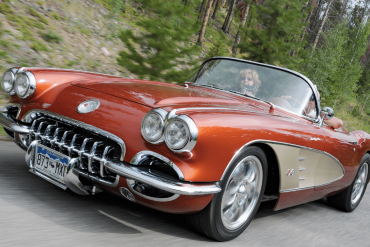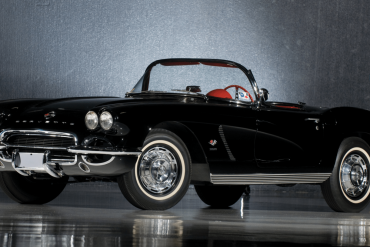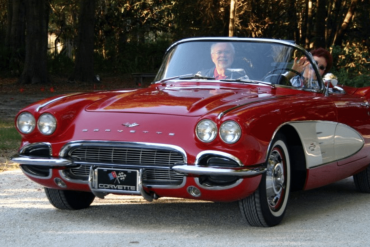Get a Piece of Corvette History for Your Garage Say hello to this beautiful 1954 Chevrolet Corvette. This car is...
We have curated the ultimate collection of the 1962 Corvette Wallpapers and HD backgrounds for you to enjoy. Free to download
We have curated the ultimate collection of the 1961 Corvette Wallpapers and HD backgrounds for you to enjoy. Free to download
We have curated the ultimate collection of the 1960 Corvette Wallpapers and HD backgrounds for you to enjoy. Free to download
We have curated the ultimate collection of the best 1959 Corvette Wallpapers and HD backgrounds for you to enjoy.
1957 Corvette Wallpaper Collection We have curated the ultimate collection of the best 1957 Corvette Wallpapers and HD backgrounds for...
In another one of those pretty awesome finds you can get when Googling “Corvette’s for auction,” a barn find Corvette...
Designed mid-1956 for Harlet Earl’s son Jerry, the SR-2 was put into racing duty in 1957. The car debuted at Daytona Beach in 1957 with a high-speed canopy, fender skirts and bullet-shaped frond headlights. Driven by Betty Skelton and Buck Baker, the car won the modified class with an average speed of 93.074 mph. The SR-2 also finished second in class for the flying mile with a top speed of 152.886 mph.
FOR SALE: A Beautiful 1957 Chevrolet Corvette We are pleased to present this beautiful 1957 Chevrolet Corvette that we found...
The “CERV-1” (Chevrolet Engineering Research Vehicle) was developed as a research tool for that company’s continuous investigations into automotive ride and handling phenomena under the most realistic conditions. The car was built at the Chevrolet Engineering Center at Warren, Michigan in a special project headed by Mr. Zora Arkus-Duntov, Chevrolet Staff Engineer.
Here Are the 10 Best Corvette Ads You’ve Probably Never Seen! Since its introduction in 1953, Chevrolet has created some...
Here’s Something You Won’t Likely Ever See Again – A Like New 1953 Corvette – and Its For Sale! How...
With nearly 70 years’ worth of production under its belt, the Corvette is no stranger to innovation. In the GM...
Quarter-mile Times for Every Corvette Model Year When an apples to apples comparison of vehicle performance is the talk of...
Corvette Steering Wheels and Dashboards For All Generations It is no secret that the Corvette has undergone an abundant number...
Designed and built under the personal supervision of Bill Mitchell, the wild-looking XP-700 used many regular Corvette components (frame, chassis parts and engine). Bill Mitchell had a lot of “customs” built for himself. This XP-700 previewed the new tail of the upcoming 1961 Corvette.
Want to Know Which Vintage Corvette Will Be the Most Reliable? We Got You Covered. When the vast majority of...
For those that own an older Corvette, or those that want an C1 Corvette, a current auction at BringATrailer has...
The Airbox option package designated RPO 579D came with the Duntov-cammed, Rochester fuel-injected 283/283 HP V-8. It incorporated a fiberglass intake plenum on the drivers-side inner fender. Fed by an opening in the radiator bulkhead, it channeled cooler, denser outside air through an internal filter and along a rubberized duct to the Rochester fuel-injection.
In 1956, Ed Cole, then General Manager of Chevrolet, decided Corvette could be saved from extinction due to lagging sales by promoting the car as a performance car which could be raced in production classes. The first of these Corvettes was to debut at Daytona Beach for acceleration and top end speed trials, the 12 hour race at Sebring, and also possibly Le Mans.
The engineers came up with a unit-body construction that relied on strength coming from the side sills of the chassis. These contained the exhaust which probably easily overheated the cockpit, especially in the coupe. Unfortunately, GM fitted fake V6 engines in both cars with a concept valve train that included dual overhead camshafts.
The Corvair concept car was initially presented to the public at the 1954 Motorama at the Waldorf Astoria hotel in Manhattan. The Corvair presented at the Waldorf was not the same car that traveled to other Motorama shows throughout the year.
Our Definitive List of the Best Corvette from Each Generation They say that “beauty is in the eye of the...
C1 Corvette Modding Guide In the years following World War II, the American automotive scene was in search of something...
Looking For OEM-Spec Parts For Your Corvette Project? We’re Here To Help! Recently, we asked our Facebook followers what type...
1962 C1 Corvette RPO Codes, Options Codes & Order Guide If you are looking to decode your 1962 Corvette RPO’s...
1961 C1 Corvette RPO Codes, Options Codes & Order Guide If you are looking to decode your 1961 Corvette RPO’s...
1960 C1 Corvette RPO Codes, Options Codes & Order Guide If you are looking to decode your 1960 Corvette RPO’s...
The final year of production of the C1 model did not dampen demand for the Corvette, with a C1 record 14,531 units of the 1962 model year produced.
In 1961 hopes were high for big growth in Corvette production and while the numbers didn't move much, Chevy was still able to produce 10,939 units for the 1961 model year.


